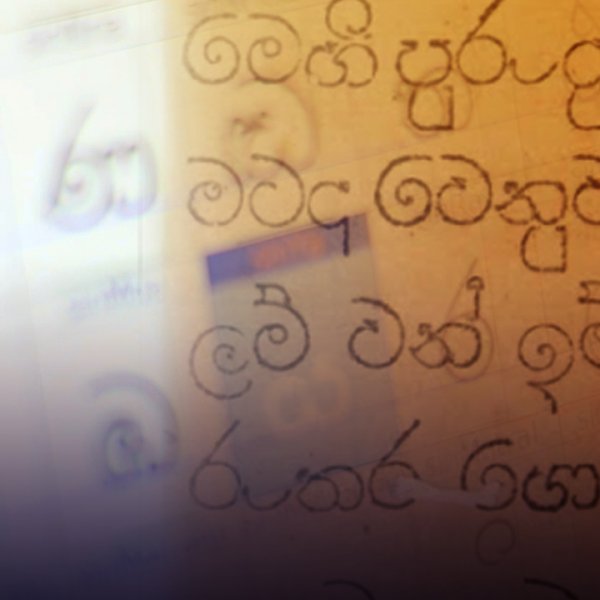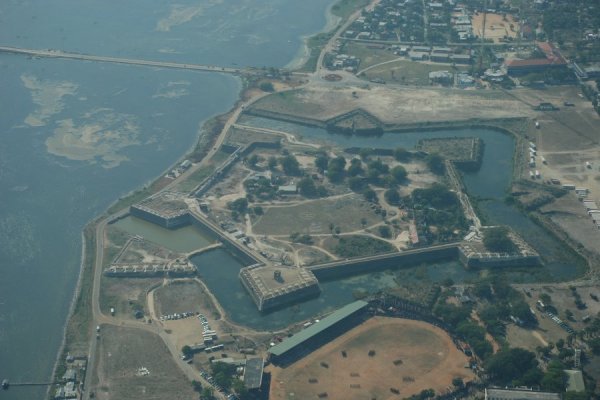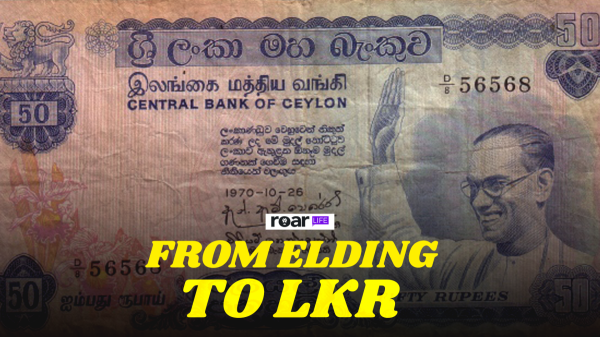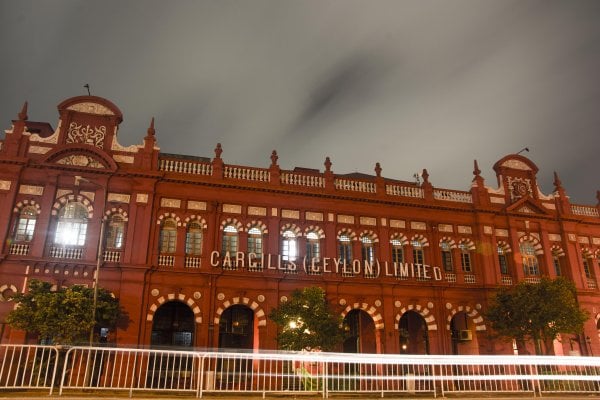
For centuries Sri Lanka has been a desired stop for travellers, from the times of kings to great figures in modern times. One such figure, that seems almost forgotten, is the last tsar of Russia; Nicholas the Second. Three years before he ascended to the throne, Tsarevich (a title given to the eldest son of an emperor of Russia) Nicholas visited Ceylon as part of his great “Eastern Journey” from November 1890 to August 1891.
Travelling has been part of the informal training of a tsar-to-be ever since the ‘Grand Embassy of Peter the Great’, when a Russian diplomatic mission set off for Western Europe led by Tsar Peter the Great. The mission was to strengthen and broaden the Holy League, Russia’s alliance with a number of European countries, against the Ottoman Empire in the Russian struggle for the northern coastline of the Black Sea. Centuries later, Nicholas’s aims were much simpler. Sent on this journey by his father, Tsar Alexander III, Tsarevich Nicholas’s mission was to get to know his subjects in Central Asia much better, as well as to set his sights on Asia, where Tsar Alexander believed Russia’s future interests lay.
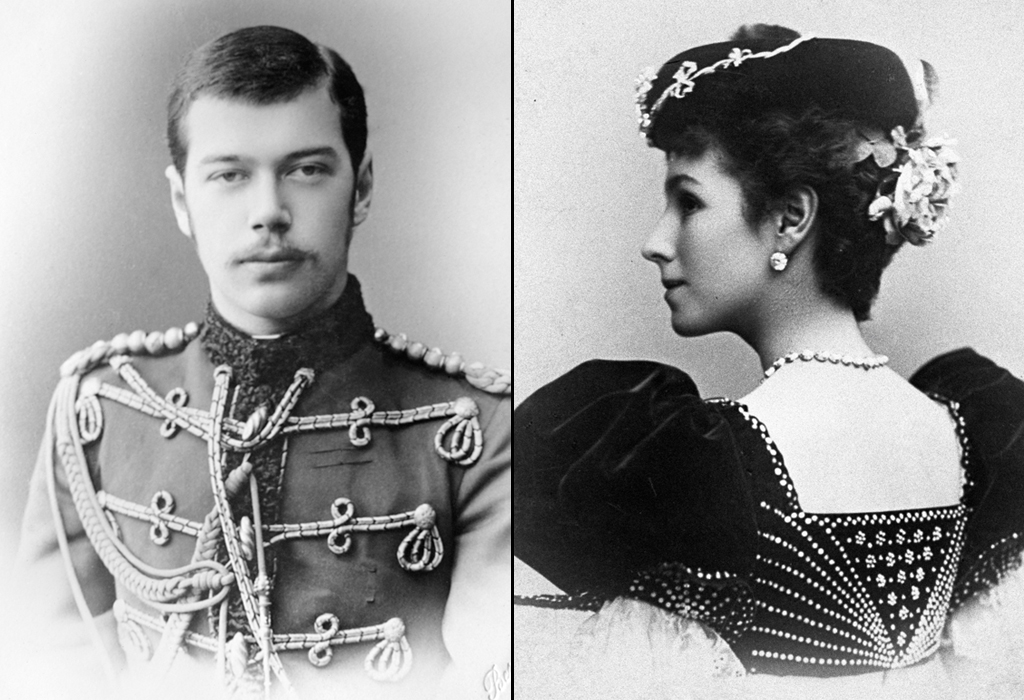
A more salacious theory was circulated around 40 years later by Princess Catherine Radziwill, a member of an old noble Russian family. Writing in the 1930’s, she said that Nicholas was sent to Asia by the Tsar to break up his relationship with ballerina Mathilde Kschessinska. Kschessinska performed at the Imperial Mariinsky Theatre of Saint Petersburg with the renowned Imperial Ballet. Ironically she was introduced to Nicholas by Tsar Alexander himself. However, as recorded extensively from various accounts, including their personal diaries, Tsarevich Nicholas and Kschessinska were in a loving, intense relationship, even after his Eastern Journey until his marriage and crowning as Tsar upon his father’s death. After which all accounts indicate he was a model family man, devoted to his wife, Empress Alexandra Feodorovna.
The Eastern Journey
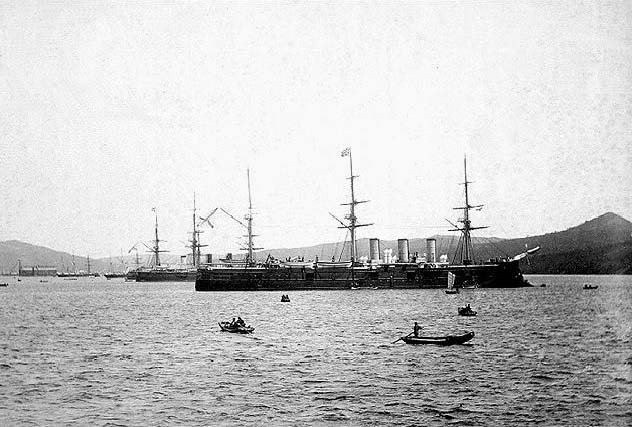
In November of 1890, the Tsarevich left the Russian city of Gatchina and arrived in Trieste, Italy. Here he boarded the cruiser Pamiat Azova (Memory of Azov), a ship named after, and built to commemorate, the Azov; the flagship of the Russian fleet at the Battle of Navarino during the Greek war of independence. Its service during the Eastern Journey was commemorated with a Faberge egg of the same name.) From Trieste they travelled to Piraeus, Greece. There Nicholas met his godmother Olga Konstantinovna of Russia, her husband King George I of Greece and their son Prince George of Greece and Denmark, who joined the Pamiat Azova as an officer. From Greece, the party travelled to Egypt, Bombay and then arrived in Ceylon on the 11th of January 1891. The expedition left Ceylon on the 11th February and made its way to Singapore, Bangkok, Nanking in China and then to Japan. In Otsu, Japan, Nicholas was nearly the victim of an assassination attempt by a Japanese policeman who attacked him with a sabre while escorting him. He was saved by Prince George who parried the blow with a cane. After Japan, he returned to Russia. Once in Vladivostok, he travelled across the length of Russia, visiting various cities, until he made his way back home to St. Petersburg.
In Ceylon
After the Pamiat Azova arrived in the Port of Colombo, it was joined by the Tamara; a yacht carrying Grand Dukes Alexander and Sergei Mikhailovich. Alexander was a naval officer, explorer, author, brother-in-law and close advisor to Nicholas. His later political influences on Tsar Nicholas were considered controversial. Sergei was a close friend to Nicholas as well but they grew apart after Nicholas ascended to the Tsar. He later pursued a relationship with Mathilde Kschessinska who was previously in a relationship with Nicholas. He was also a military man and served as an Adjutant General Inspector of Artillery. The brothers were travelling around India and Ceylon and had sailed to Colombo to meet Nicholas and join him in exploring Ceylon. According to researcher Dr. Tony Donaldson’s findings, the Russian royalty spent their time in Ceylon well.
The party was welcomed by Sir Arthur Havelock, then Governor of Ceylon, and other diplomats, who boarded the Pamiat Azova to greet them. They were then taken to a state dinner at the Governor’s residence. According to a sketch made by W. W. Bering of the Survey Department, the streets were decorated with palm branches where throngs of people crowded to see them. The next day, the Russian royals, together with Sir Arthur Havelock, travelled to Kandy, where they inspected a tea factory. The young Tsarevich and his party were somewhat critical of the British tea industry in Ceylon. As Prince Esper Ukhtomsky, who accompanied Nicholas on his journey and tutored him in Asian studies, later wrote, “Energies of the European element are directed not towards the discovery of means for increasing the general prosperity of the [Ceylonese] Islanders, but towards the pursuit of their own temporary ends, which promise a gigantic success one day, while the next may threaten them with ruin.”

The Russian royals later toured the Royal Botanical Gardens, led by director Dr. Henry Trimen. An ironwood tree was planted at the gardens by Tsar Nicholas to commemorate his visit, and still stands today, 127 years later. Following a state dinner later in the evening, the royals were treated to a perahera which included “native chiefs in full dress, 30 to 40 elephants, and dancers, including ‘devil dancers”. The next morning they enjoyed a private viewing of the Tooth Relic, after which they travelled by train to Nanu Oya before spending the next two days exploring and hunting in Nuwara Eliya.
The royal party were also the guests of Solomon Dias Bandaranaike, Head Mudaliyar and aide-de-camp to the Governor of Ceylon, and father to later Prime Minister of Ceylon, S.W.R.D. Bandaranaike. Dr. Tony Donaldson theorises that it was Bandaranaike who organised the itinerary for the imperial party. Bandaranaike describes his meeting with the Tsarevich in the book “Remembered Yesterdays” (1929) as “The impression I received was that the Tsarevitch in his style and manners was utterly different to those members of the British royal family I had the honour of meeting.”
Dr. Donaldson also writes about an elephant that was given as a gift to the Tsarevich. The royal party spent the last portion of their stay at a kraal, an animal enclosure, in Labugama.
In the late 1800’s elephants even roamed jungle areas that were not far from Colombo, and the kraal noosed nine elephants, including a baby elephant, that was gifted to the Tsarevich. It was not taken with the Tsarevich, but left in the care of the Russian consulate in Colombo to be sent later to Russia. But as Prince Esper Ukhtomsky describes in his official account, the baby elephant ran wild after the Imperial party left Ceylon.
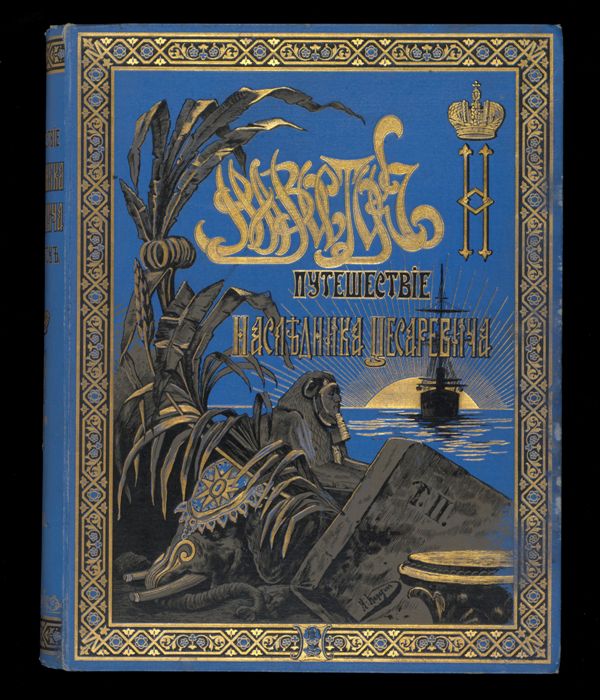
“[The elephant] one night cleverly untied the stout rope fastened round its neck, and began to run about the garden, breaking and trampling on everything in its path. The Consul, in night-shirt and slippers, ran out to catch the rebel, but the latter burst open the gates, upset Mr. Frisch twice, and ran off into the neighbouring marshy and thorny jungle. Mr. Frisch, having lost his slippers, manfully gave chase barefoot, accompanied by his servants. Meanwhile, the young elephant had returned to the inhabited regions and again began its pranks on an elemental scale. For example, it enjoyed a bath in a tank, attacked a Dutch merchant who was resting in his verandah, throwing him several yards from his seat, damaged the furniture, and then ran off along the seaside road towards Mount Lavinia.”
Special thanks to The Russian Centre in Colombo.
